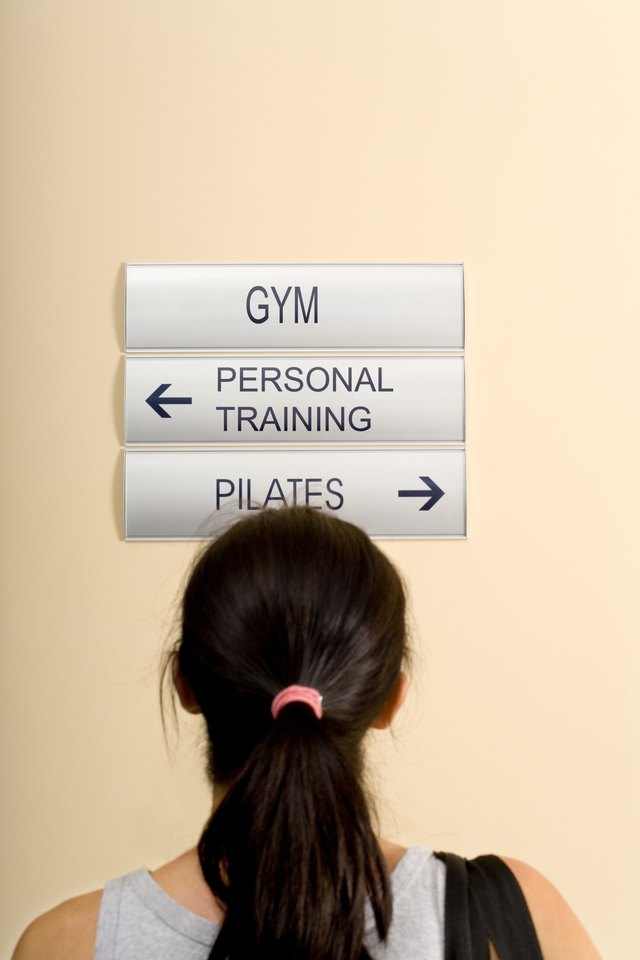Do You Need a Recovery Period After Pilates?

If you regularly weight train, you know that you need about 48 hours between workouts for your muscles to recover and repair. Pilates, a mind-body exercise system that focuses on the core musculature of the trunk, is different, however. Although it offers moderate resistance training, you can do Pilates training daily, without leaving a recovery period.
About Pilates
Pilates, developed by Joseph Pilates in the 1920s, is a specific set of exercises designed to strengthen what he called the powerhouse – the abdominals, back and hips. Mat Pilates involves doing specific stretching and strengthening exercises to improve daily function, balance, coordination and strength. Reformer Pilates uses a machine that looks much like a sliding bed equipped with a series of pullies to provide greater resistance and more exacting form during exercises. Once a niche exercise system used by dancers to improve posture, grace, flexibility and power, Pilates is now a mainstream program offered by thousands of fitness facilities across the United States.
Frequency
Joseph Pilates recommended doing Pilates exercises daily for about 10 minutes, but encouraged students to emphasize different exercises on consecutive days. At a minimum, most experts – including Pilates himself – recommend doing a Pilates workout at least three times per week to experience benefits. Renowned Pilates instructor and author, Ana Caban, suggests that even beginners commit to Pilates every day to get into a rhythm and to make the practice a consistent routine. As you become stronger and experience the benefits of the program, you can switch to an every-other-day schedule. Taking days off between workouts may help prevent mental and physical burnout.
Distinction From Weight Training
Unlike weight training, in which you overload certain muscle groups to tear down fibers so they can repair and grow stronger, Pilates works the body as a whole unit. One side of your body or muscle group is not necessarily working harder than another. Many Pilates exercises aim to make you stronger for daily tasks that involve twisting, reaching and squatting. Since you technically do these types of movements daily when you tie your shoes, close car doors or reach up to a high shelf, you should be able to do a Pilates workout daily as well.
Considerations
If you live a primarily sedentary lifestyle, ease into a Pilates routine slowly with a session just two or three times per week on nonconsecutive days. Although you can do Pilates daily, if you are an advanced practitioner, alternate intense workouts with lighter ones to give your muscles a chance to recuperate. Another alternative is to emphasize different movement patterns on consecutive days. One day’s workout might involve the abs series and back exercises while the next day might be more hip and arm focused. Soreness after a Pilates workout is an indication that you do need a recovery period. Wait until most of the soreness has subsided before jumping into another routine. Increasing the intensity, adding props such as weighted balls or bands or trying new exercises are potential reasons for soreness after a Pilates workout. Always consult your health care provider before beginning a new exercise routine.
References
Writer Bio
Andrea Cespedes is a professionally trained chef who has focused studies in nutrition. With more than 20 years of experience in the fitness industry, she coaches cycling and running and teaches Pilates and yoga. She is an American Council on Exercise-certified personal trainer, RYT-200 and has degrees from Princeton and Columbia University.
